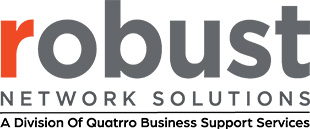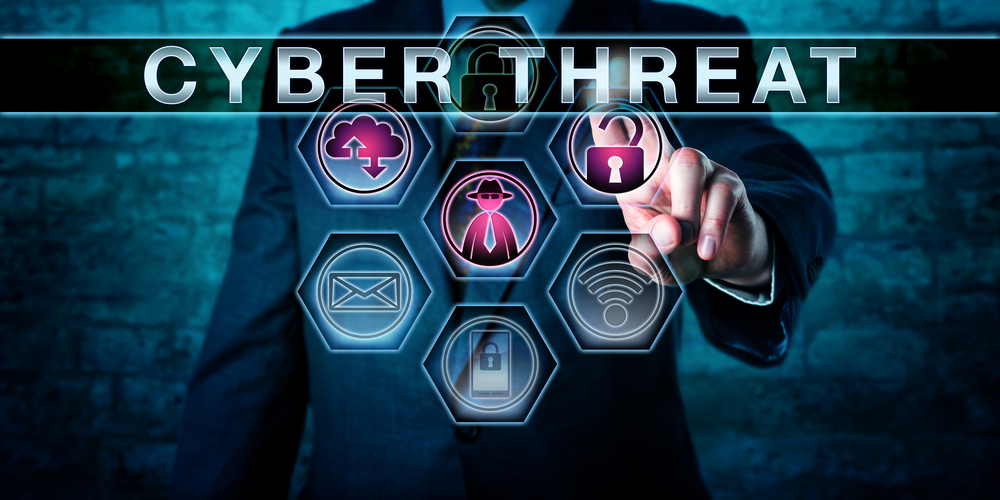2023 has introduced new ways of leveraging technology, and while this has made many people’s lives easier, it’s also surfaced some significant cyber threats. Fortunately, if you use the right managed services provider, you get a powerful ally in fighting even the most advanced cyber threats. Here are some of the threats to keep an eye out for in 2023.
More Convincing Phishing Scams
Phishing involves tricking people into divulging sensitive information so cybercriminals can steal money or data, spread malware, or compromise security systems. In previous years, many phishing emails sounded, well, “fishy.” They were often riddled with grammatical errors because those sending them weren’t always native English speakers.
However, in 2023, cybercriminals started using generative AI like Chat GPT to generate the text of their emails. As a result, they sound more convincing and are often free of suspicious mistakes.
Ransomware-as-Service
Ransomware-as-a-service (RaaS) has also become a dominant threat in 2023. Similar to other “as-a-service” offerings, RaaS involves making it as easy as possible for users to launch attacks.
Often, a RaaS provider gives its criminal subscribers effective ransomware and streamlines how they collect money from victims. This gives even non-tech-savvy cyberthugs the ability to launch effective attacks once they’ve figured out how to get inside a system.
Once they’ve executed an attack, they may have to share their profits with the RaaS provider. In other situations, they merely pay a monthly subscription fee, giving the ransomware provider residual, yet illegal, income.
The rise of RaaS attacks makes ransomware an even more prominent threat. This makes it especially necessary to get professional help to protect your digital infrastructure.
Third-Party Attacks
Third-party attacks have long been an issue, but they’ve become more potent in 2023. There’s a wide variety of these assaults, but they tend to involve an attack on someone you do business with. For instance, suppose a vendor that provides you with food delivery services for workers who work from home gets hacked.
The attacker may have little interest in the food company’s internal information. Instead, the criminals may go after the names and addresses of your employees. They may already have other information, such as Social Security numbers or stolen access credentials, and using their names and addresses, the attacker may be able to execute more convincing fraud.
Cybercriminals can also use a third party to access your company’s sensitive information. For example, you may provide login credentials to a third party so they can access your VPN. A criminal may then steal those credentials and try accessing your VPN while posing as someone from your third party.
Attacks on Remote Workers
The networks that remote workers use are often the most vulnerable. They may have easy-to-guess passwords—or none at all. For example, suppose an employee connects to work while at a local coffee shop.
They choose to log in to a network labeled “ILoveCoffee.” However, this has been set up by a hacker skulking behind a hot, steamy cup of Joe, orchestrating a man-in-the-middle attack. Everything the employee enters while doing their work can be collected by the hacker. Unless the employee catches the attack, this may include:
- Login credentials
- Payment information
- Sensitive customer data
- Company secrets that others would pay money for
It’s best to teach all employees good cyber hygiene habits. This includes using effective, hard-to-guess passwords, keeping them safe, not opening suspicious emails, and logging out of or turning off workstations if they have to leave.
Deepfake Cyber Attacks
Deepfake software can create digital impersonations of people that are so believable that they can catch unsuspecting victims completely off guard. For example, a deep fake attacker can create a video that shows someone who looks exactly like a company’s CEO. The “CEO” can then use the video to tell employees they need to change their usernames and passwords because their existing ones have been compromised.
A hacker can then send this video to the employees of the target company and include a link to a fake website. Once on the site, a dutiful employee may enter their current username and password, which the attacker is happy to collect and then use to penetrate their company’s cyber defenses.
Beat 2023’s Biggest Cyber Threats with Robust Network Solutions
With Robust Network Solutions’ managed IT services, you get an advanced security operations center to protect your digital resources. You also get round-the-clock monitoring, which can detect attacks before they cause significant harm to your organization. This extra layer of protection can make your company a difficult target for cybercriminals, causing them to move on to easier victims. Connect with Robust Network Solutions today to learn more.

